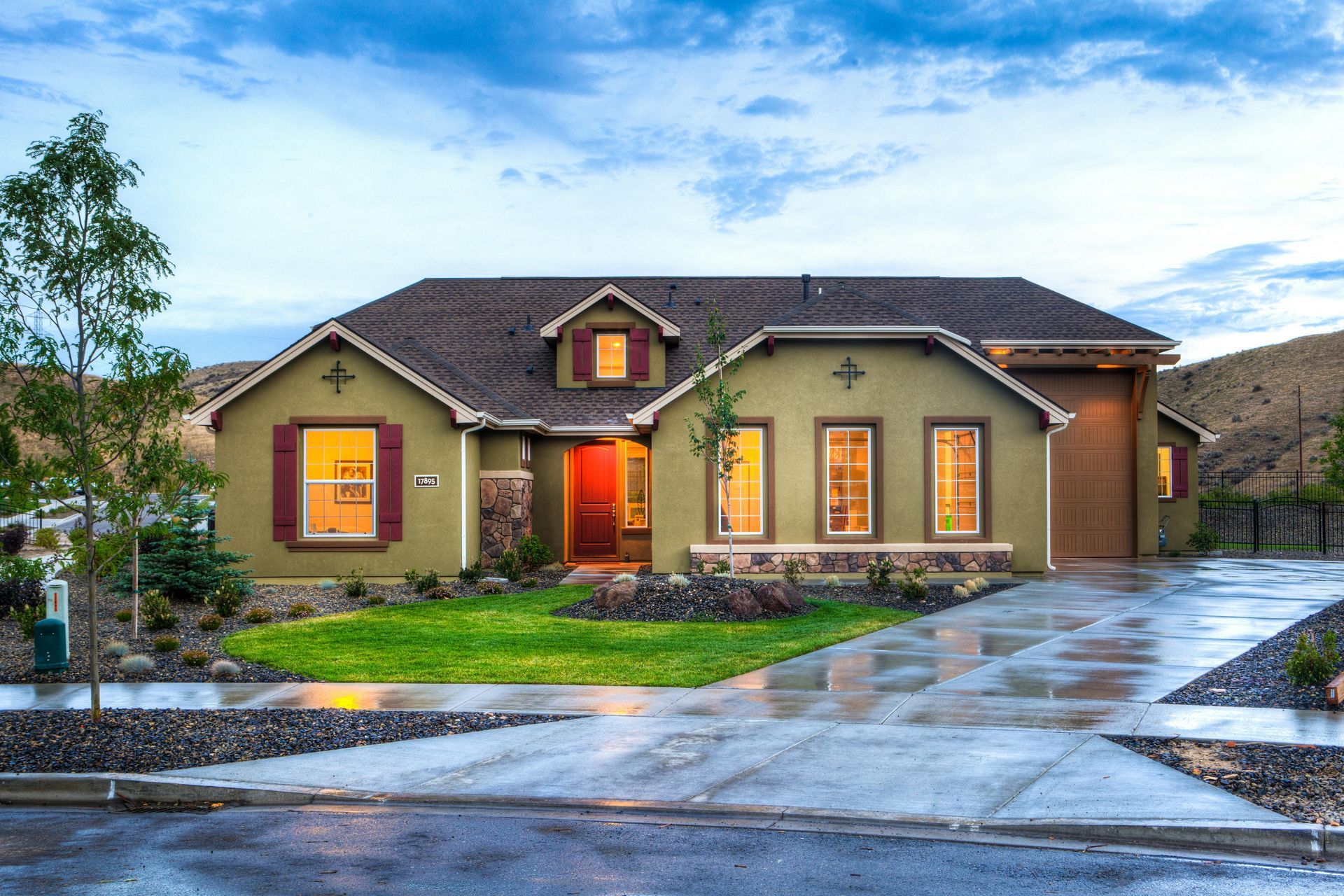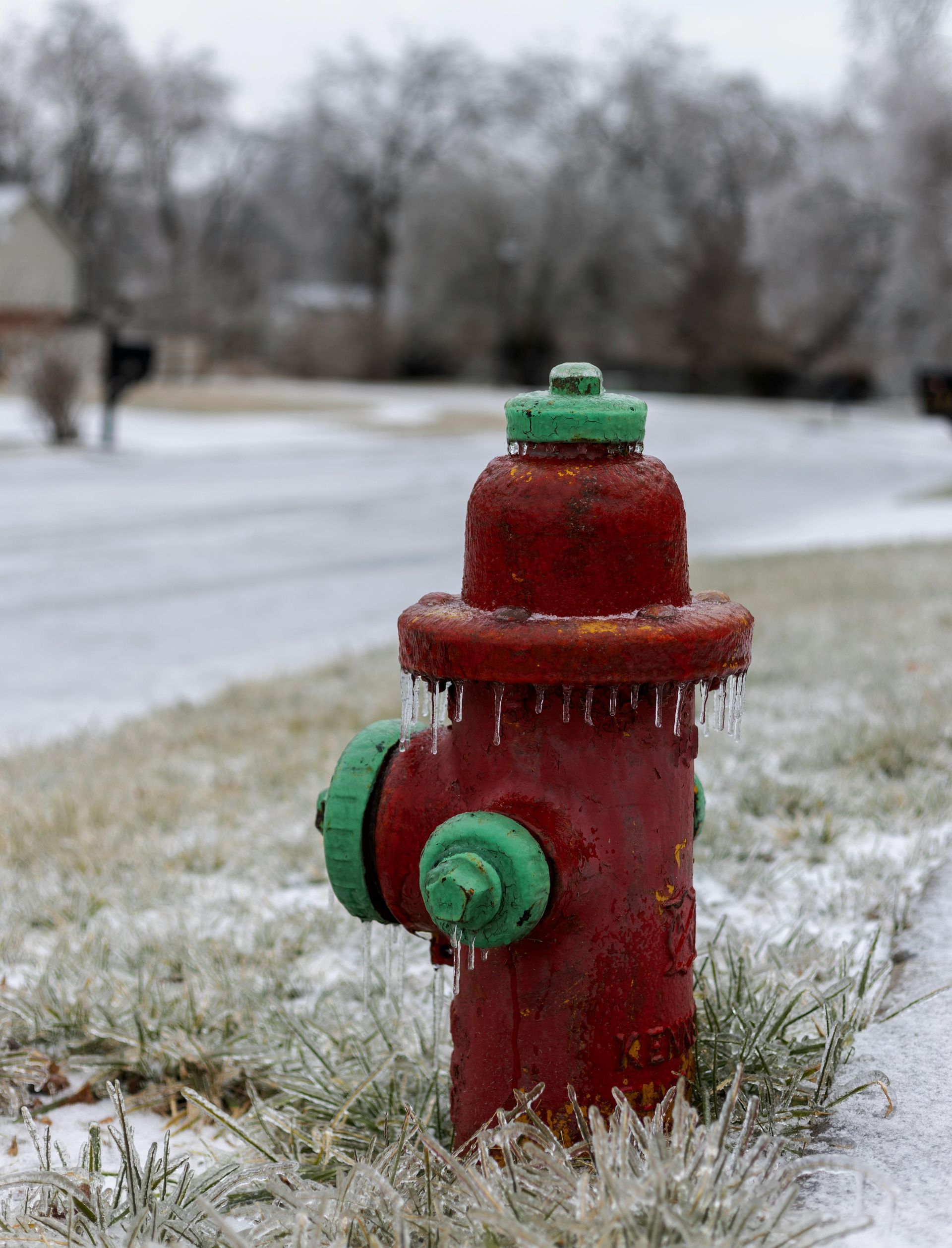Storm Recovery in 2025
When a storm strikes, its aftermath can leave communities reeling, with damaged homes, disrupted businesses, and a long road to recovery. However, the storm recovery process has evolved dramatically in recent years. In 2025, cutting-edge tools and techniques are making it possible to restore normalcy faster and more efficiently than ever before.
In this blog, we’ll explore some of the most impactful innovations transforming storm recovery, from advanced assessment tools to resilient reconstruction practices. Whether you’re a homeowner, business owner, or part of a disaster response team, understanding these advancements can help you navigate the recovery process with confidence.
Drone Technology for Damage Assessment
One of the most significant breakthroughs in storm recovery has been the widespread use of drones. These unmanned aerial vehicles are revolutionizing the way damage is assessed, offering:
- Rapid Surveys: Drones can quickly capture high-resolution images and videos of affected areas, providing a comprehensive overview of the damage within hours, rather than days.
- Safety Benefits: By reaching hazardous or inaccessible areas, drones minimize risks for assessment teams.
- Data Accuracy: Advanced imaging technologies, such as thermal cameras and LiDAR, allow for precise analysis of structural integrity, water damage, and more.
Insurance companies and restoration professionals are increasingly integrating drone surveys into their workflows, accelerating claims processes and enabling faster action plans.
How Disaster South Uses It: At Disaster South, we employ drone technology to ensure thorough and efficient damage assessments, helping clients receive timely and accurate evaluations of their property’s condition.
AI-Powered Insurance Claims Processing
Filing insurance claims after a storm can be a complex and time-consuming process. In 2025, artificial intelligence (AI) is streamlining this experience by:
- Automating Documentation: AI systems can analyze photos, videos, and other data to identify damage and generate reports automatically.
- Accelerating Approvals: Machine learning algorithms process claims faster, reducing delays and helping property owners receive payouts more quickly.
- Enhancing Accuracy: By cross-referencing data from multiple sources, AI minimizes errors and disputes in claims processing.
These advancements ensure that homeowners and businesses can access funds for repairs without unnecessary delays, paving the way for faster recovery.
Pro Tip: When filing a claim, use digital tools to organize your documentation. Many platforms now allow you to upload drone footage and photos directly, expediting the process.
Eco-Friendly Building Materials for Sustainable Recovery
As the focus on sustainability grows, storm recovery efforts are increasingly incorporating eco-friendly materials and practices. In 2025, some of the top innovations include:
- Recycled Materials: Products made from recycled wood, metal, and plastic are reducing waste and conserving resources.
- Advanced Insulation: Sustainable insulation materials, such as sheep wool and cellulose, improve energy efficiency while minimizing environmental impact.
- Storm-Resistant Products: Innovations like hurricane-proof windows, reinforced roofing, and permeable pavers are designed to withstand future weather events.
These materials not only enhance the resilience of rebuilt structures but also align with a growing commitment to environmental responsibility.
Did You Know? Using eco-friendly materials can also qualify you for tax credits or incentives, further offsetting the cost of reconstruction.
Smart Home Technology for Safer Recovery
Incorporating smart technology into storm recovery efforts is becoming a standard practice. These systems can:
- Monitor Conditions: Smart sensors detect structural issues, such as water leaks or foundation shifts, before they escalate.
- Improve Safety: Advanced security systems provide surveillance and alerts during the vulnerable recovery period.
- Enhance Efficiency: Automated lighting, heating, and cooling systems reduce energy consumption and support sustainable living.
Smart home upgrades not only aid in recovery but also create a safer and more efficient living environment for the long term.
Case in Point: After severe flooding, one community installed smart water sensors throughout its rebuilt homes, significantly reducing the risk of future water damage.
Modular and Prefabricated Construction
Time is critical in storm recovery, and modular construction methods are stepping up to the challenge. These techniques involve:
- Pre-Built Components: Sections of buildings are constructed off-site and then assembled on location, reducing construction time by up to 50%.
- Cost Efficiency: Prefabricated elements often cost less than traditional methods due to standardized production processes.
- Customizability: Despite their efficiency, modular designs can be tailored to meet specific needs and aesthetics.
This approach is especially valuable for rebuilding homes, schools, and businesses quickly, allowing communities to recover and resume normal activities sooner.
At Disaster South: We’re proud to collaborate with experts in modular construction to deliver high-quality results in record time.
Enhanced Communication Platforms
Effective communication is essential during disaster recovery. In 2025, new platforms are improving collaboration between response teams, property owners, and insurance providers. Key features include:
- Real-Time Updates: Mobile apps and dashboards keep stakeholders informed about project progress.
- Document Sharing: Secure platforms allow for easy exchange of contracts, permits, and other documents.
- Integrated Solutions: Many platforms combine scheduling, budgeting, and communication tools in one place, streamlining the entire process.
By reducing miscommunication and ensuring transparency, these tools make recovery efforts more coordinated and efficient.
Advanced Water Extraction and Drying Equipment
Water damage is one of the most common challenges after a storm. Modern equipment is making the cleanup process faster and more effective, including:
- High-Powered Extractors: These machines can remove water from carpets, floors, and walls with remarkable efficiency.
- Desiccant Dehumidifiers: Capable of drying large spaces quickly, these devices prevent mold growth and structural damage.
- Infrared Cameras: Used to detect hidden moisture, these tools ensure thorough drying and reduce the risk of future issues.
Quick Tip: Addressing water damage within the first 24–48 hours is critical to preventing long-term problems like mold and rot.
Community-Led Recovery Initiatives
In addition to technological innovations, storm recovery in 2025 emphasizes the power of community. Collaborative efforts include:
- Volunteer Networks: Local groups organize cleanup events and provide support to those in need.
- Resource Sharing: Communities establish hubs for sharing tools, supplies, and expertise.
- Training Programs: Workshops on disaster preparedness and recovery empower residents to take proactive steps.
By fostering a sense of unity and resilience, these initiatives complement technological advancements and ensure a holistic approach to recovery.
Preparing for the Future
While we can’t prevent storms, we can prepare for them with the right tools, techniques, and mindset. The innovations driving storm recovery in 2025 are not just about repairing damage—they’re about building stronger, more resilient communities.
If you’re navigating the aftermath of a storm, remember that you don’t have to do it alone. Disaster South is here to guide you every step of the way, offering advanced solutions, compassionate support, and a commitment to restoring what matters most.
Ready to Begin Your Recovery? Contact us today for a free consultation and let us help you reclaim your peace of mind.









